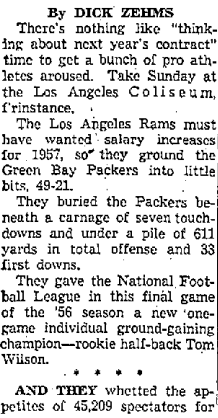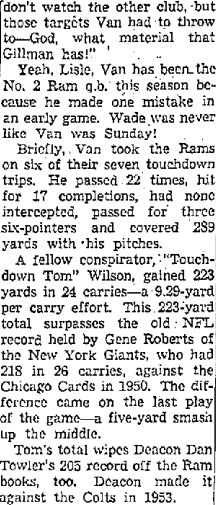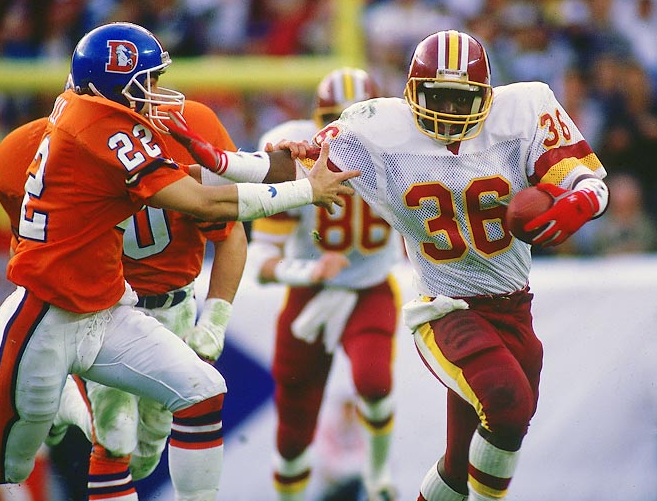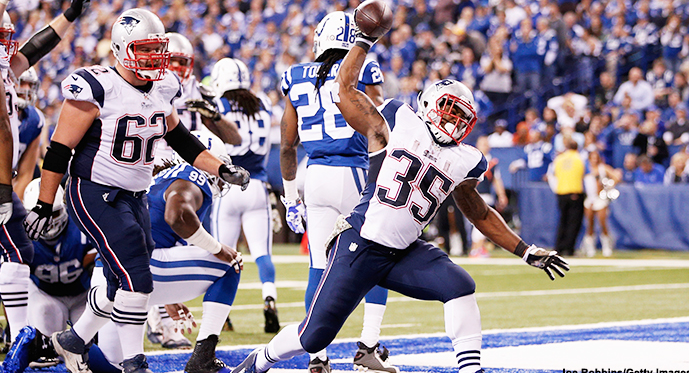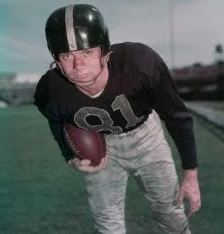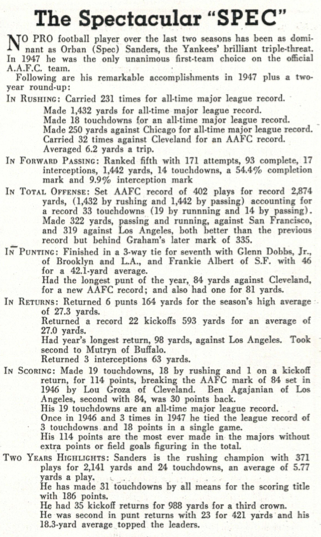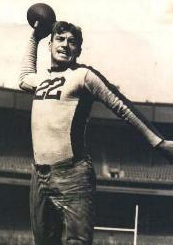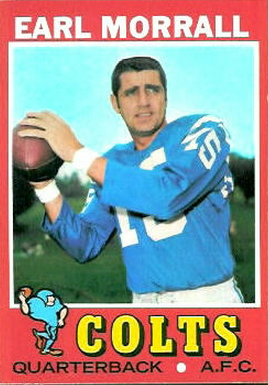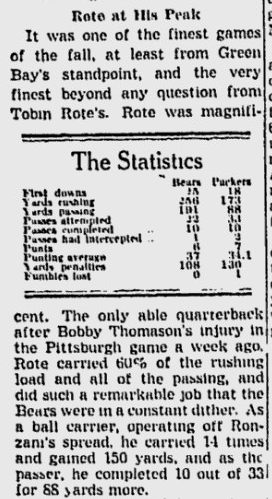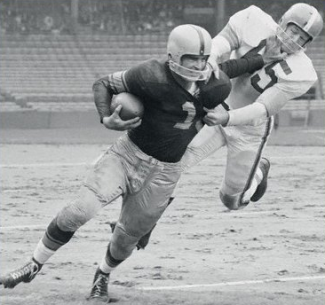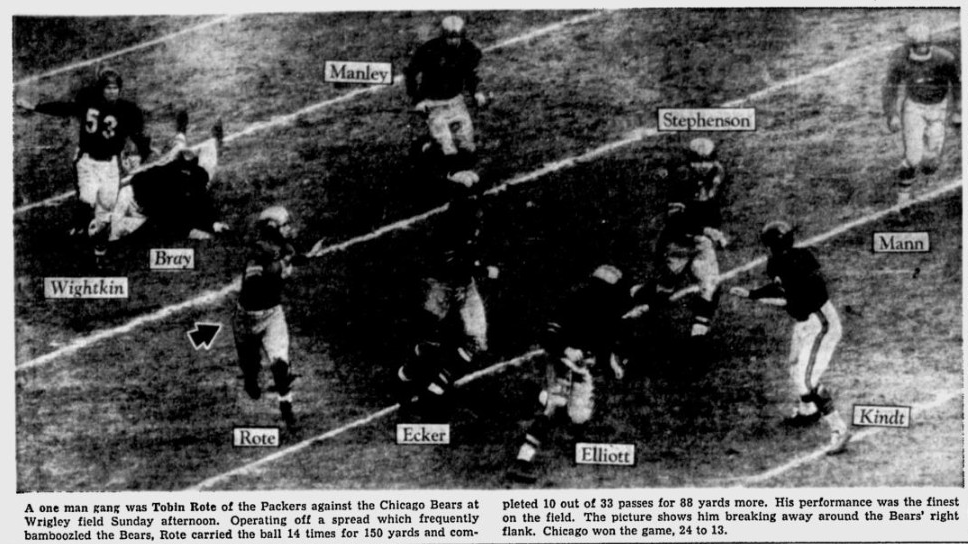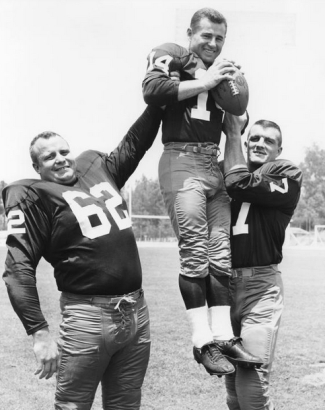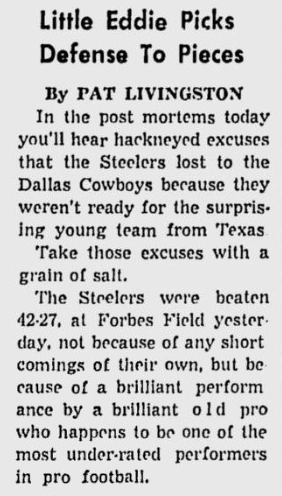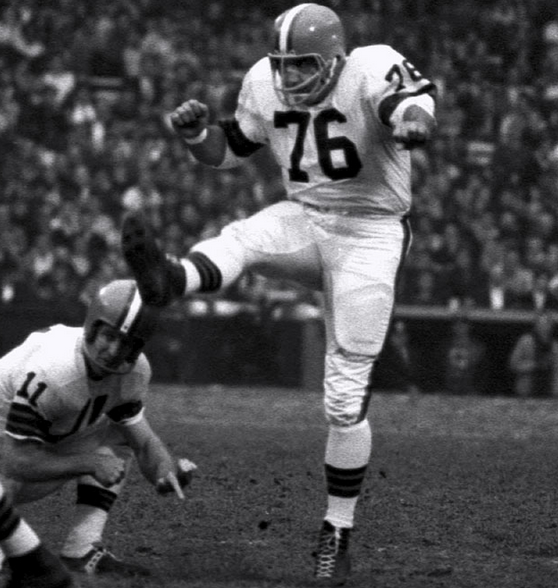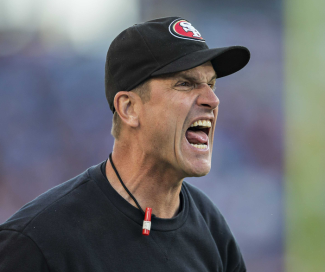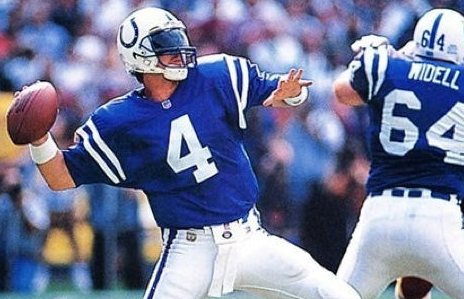First off, I’d like to thank NFL statisticians for making this post possible. On Monday morning it wasn’t — because, at that point, the Patriots’ Jonas Gray was credited with 38 carries for 199 yards in the 42-20 whupping of the Colts. On further review, however, Gray’s numbers were revised to 37 carries for 201 yards. This raises the question (since it happened with Jonas): How many times has a back’s first 100-yard rushing game been a 200-yard game?
I would have guessed a couple. To my shock, I came across eight other instances, including one in the Super Bowl.
BACKS WHOSE FIRST 100-YARD RUSHING GAME WAS A 200-YARD GAME
[table]
Date,Running Back\, Team,Opponent,Att,Yds,Avg,TD,Prev. High
11-16-14,Jonas Gray\, Patriots,Colts,37,201,5.4,4, 86
10-23-11,DeMarco Murray\, Cowboys,Rams,25,253,10.1,1, 34
9-22-96,LeShon Johnson\, Cardinals,Saints,21,214,10.2,2, 42
10-14-90,Barry Word\, Chiefs,Lions,18,200,11.1,2, 31
1-31-88,Timmy Smith\, Redskins,Broncos,22,204,9.3,2, 72
11-30-87,Bo Jackson\, Raiders,Seahawks,18,221,12.3,2, 98
9-2-84,Gerald Riggs\, Falcons,Saints,35,202,5.8,2, 72
11-26-78,Terry Miller\, Bills,Giants,21,208,9.9,2, 97
12-16-56,Tommy Wilson\, Rams,Packers,23,223,9.7,0, NA
[/table]
Smith’s 200-yard game, of course, came in the Redskins’ 42-10 blowout of the Broncos in Super Bowl XXII — a day better remembered for Doug Williams’ four touchdown passes in Washington’s 35-point second quarter. He’d carried the ball in only four regular-season games before coach Joe Gibbs turned to him in the playoffs because of an injury to George Rogers.
Not all of these backs were rookies, by the way. Word was in his second year and Johnson and Riggs in their third. (Word’s big game came after he’d served prison time for cocaine distribution, which caused him to miss the previous season.)
I turned up several near misses, too — guys who rushed for 200-plus yards the second time they hit triple figures. That group includes such household names as Jim Brown, Tony Dorsett, James Wilder, Priest Holmes and Arian Foster.
In fact, Brown’s 237 yards set a single -game NFL rushing record. The same goes for Wilson, whose 223-yard day came in the ’56 season finale. “Touchdown Tommy,” as he was called, was such an obscure rookie — and reporters paid so much less attention to these things — that the Los Angeles Times didn’t even mention his feat until the fifth paragraph of its game story.
The Long Beach Press-Telegram, meanwhile, touched on it at the end of the fourth graph, but didn’t provide any details until the 11th. Don’t believe me? See for yourself:
A running back breaks the single-game rushing mark, and we’re 300 words into the story before the reporter tells us how many yards he gained. That should be in the record book, too.
Source: pro-football-reference.com


